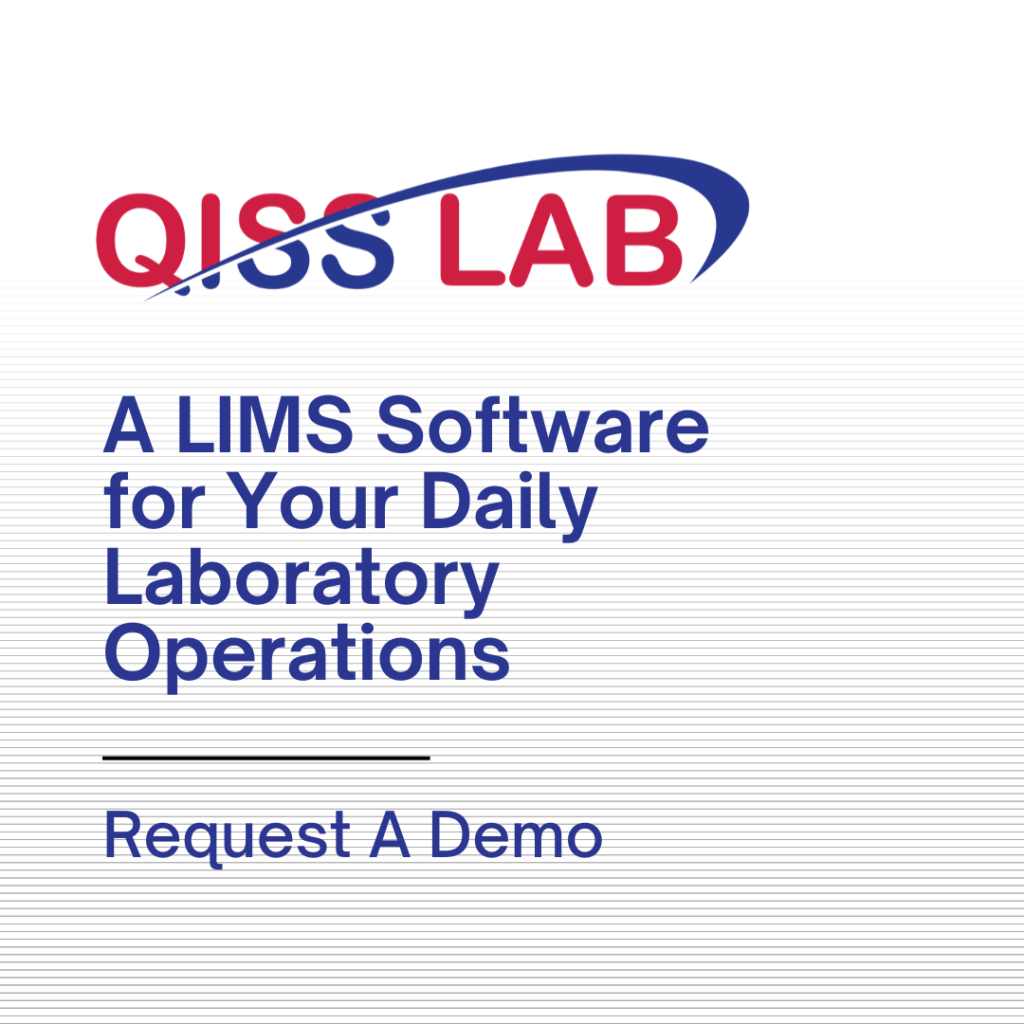The above heading can be divided into two important topics. Non-Conformance and Quality First organization.
Let us first focus on what a Quality First organization is.
All organizations, in the pursuit of Quality, want their products and services to meet the Quality Standards the first time and all the time. From a customer standpoint, what it means is that the customers’ expectations from a company’s product or service, are met every time the customers buy the company’s product or services.
To achieve the above, the organization needs to invest adequately in the development and maintenance of its Quality Management System (QMS).
What differentiates an organization that has a good Quality Management System from the one that has a poor Quality Management System or No Quality Management system at all?
This is marked by the number of Non-Conformances that a company/organization has over a set period of time.
Now, what is Non-Conformance?
A non-conformance occurs when the output (product or service) does not meet the required standards as were planned before the production process started. The required standard could be in terms of product specification or meeting regulatory standards.
Product specifications can be fixed by an organization, and then the organization designs a process that produces according to the set specifications.
In another scenario, the organization has to manufacture according to the specifications laid out by the regulatory bodies. Most healthcare products would fall under the second category.
Non-Conformance or Non-Conformity in Quality Management is defined as a deviation from a specification, a standard, or an expectation. In common parlance, it is called “Defect”.
Non-Conformance is an event in a process in which a product or service does not meet the set standards and regulations.
In ISO 9001-2015, a nonconformance is defined as the non-fulfillment of a requirement.
Non-Conformity or Non-Conformance can be classified by its severity/seriousness. Generally they are classified into four levels. They are:
- Critical
- Serious
- Major and
- Minor
A. Minor nonconformances are ones that do not have a major impact on the product and customer expectations. These are the ones that can be fixed easily.
Examples would be like :
- Unauthorized change in the standard operating procedure.
- Amalgamation of non-conforming products with confirming products
- Incorrect machine calibration
- Minor mistakes in packaging etc.
B. Major Non-Conformance.
This would be a significant failure to meet the Quality Standard and any regulatory requirement. These mistakes can lead to defects that can adversely affect the quality of the product or services, leading to major financial losses for the company. Examples would be like:
- Frequent unauthorized changes in SOPs.
- Shipping out non-tested products.
- Working in a hazardous environment
- Failing to take corrective action on identified Root Cause Analysis.
Now the million Dollar Question – How do you prevent Non-Conformance from taking place?
This can be done by:
- Following the standard operating procedure.
- SOPs should be written down and made available to all employees handling a particular process.
- They should have regular training so as to make sure that they fully understand the steps. These are steps that are in compliance with ISO 9001
- Test the product at regular intervals. This will prevent non- conforming products to be shipped out and landing in the hands of the customers.
- Consistently use an ISO 9001 Audit checklist.
If a nonconformance takes place, how do you handle it?
The first step would be to fill out the Non-Conformance Report (NCR).
In its simplest form a NCR consists of the following 4 steps.
- Documentation of the Non-Conformity stating if there was a material problem, its disposition, and the person responsible.
- Evaluation of the nonconformity to determine if an investigation is required.
- Segregation of Non-Conforming Products.
- Disposition of Non-Conforming Products
Responsible personnel should take corrective action after the above steps.
All the above can be done either manually or through the use of a software that would automate the whole process. The idea is to build a culture of Quality in the organization. The more cumbersome the process is the less likely it would be embraced by the employees. The employees have to be motivated towards a culture of Quality and instilled with the pride in producing Quality products.
A QMS like QISS, a leading Quality Management System Software, helps in automating the whole QMS.
- It has the flexibility of making customizable Non-conformance Report.
- It automatically outlines maintenance scheduling of machines.
- Has data analytics to view overall Quality Management performance.
An automated QMS, QISS collects and analyses data for improved decision making and it identifies impending issues before they become problems. It is a tool for minimizing risk.
Is there a difference between Non-Conformance and Non-Compliance?
Yes. Non-Conformance is measured against a set of standards which can be organization based.
Non-compliance will, however, refer to a violation of laws and regulations that are set by other governing bodies or regulators.
For example, company producing medicines, will fall under the FDA regulations. It will, therefore, have to follow all the rules and regulations given by the FDA. If there is any breach, this will fall under Non-Compliance.
Under Non-Conformance, it is the customer who determines what is acceptable and what is not acceptable. The organization takes corrective action to make the changes in the process so as to rectify the problem so that the customer is satisfied.
Under Non-Compliance, the organization rectifies the problem under the directives of the regulatory body like the FDA. Ultimately, we must remember that in the end, it is the customer that both Compliance and Conformance are both trying to satisfy.
As mentioned earlier, the sooner, we take Corrective Action, after detecting a Non-Conformance, the better it is for the organization as both money and company goodwill will be safeguarded. This reminds us of the old adage,” A stitch in Time, Saves Nine”.



